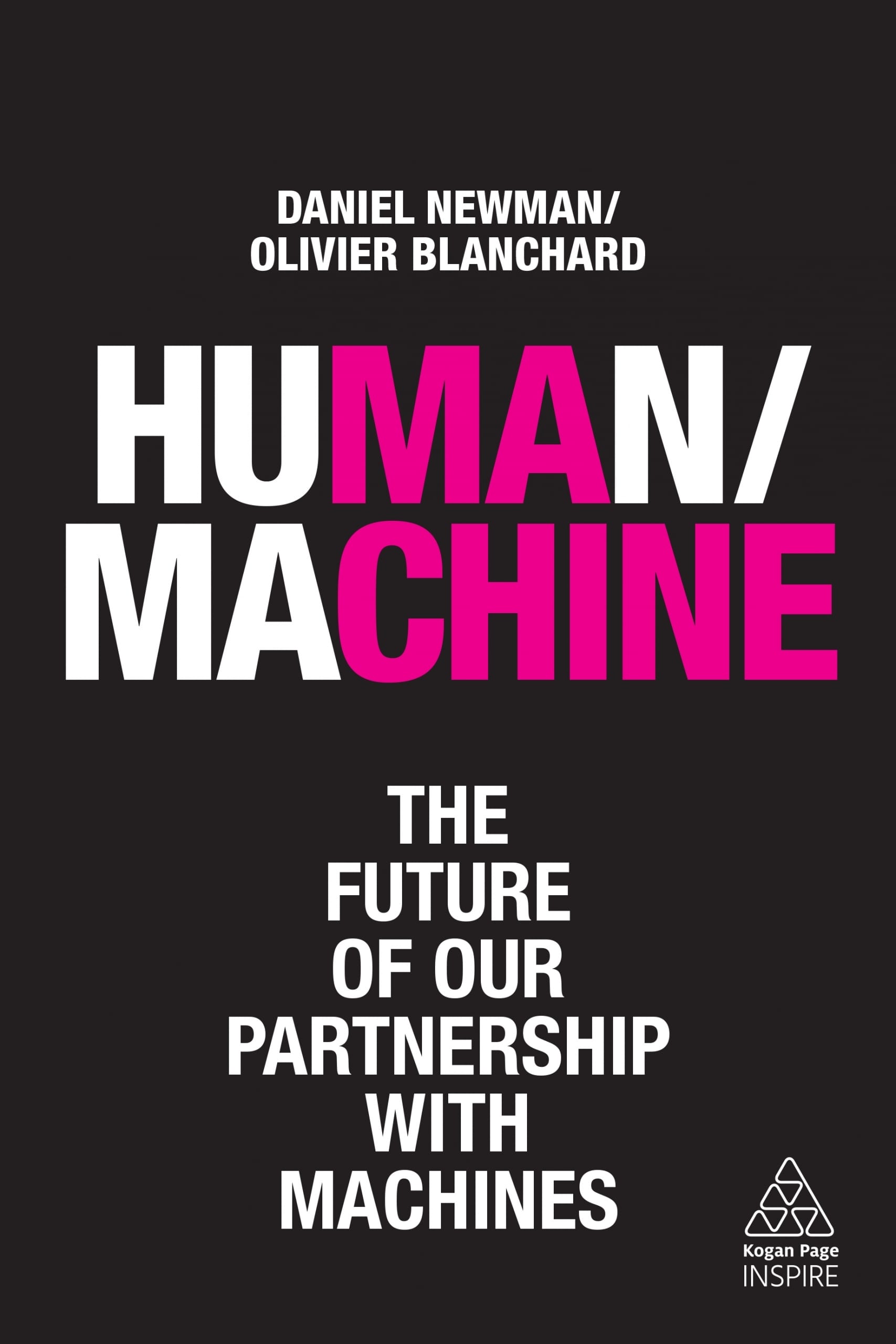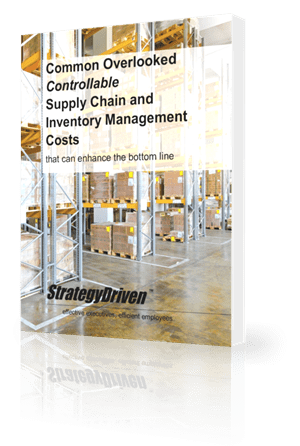Automation as a Means of Increasing Human Potential: Which Traits and Skills Will Automation Help Promote in Human Workers?

When used properly, automation doesn’t kill jobs; it rearranges their structure. And in the most outcome-driven scenarios, it improves their structure by creating more opportunities for human workers to focus on high-value tasks that cannot be automated.
Another way to look at automation is as a time-creation engine: automation manufactures time. Every man-hour it takes on is a man-hour gained. That man-hour can be subtracted from a company’s balance sheet and treated as a cost savings, or it can be reassigned to a high-value task that could not, until then, be budgeted for. Thus, each man-hour assigned to a machine creates an additional man-hour that can be assigned to a capable, high-value human worker. When we mentioned that automation should be additive rather than subtractive, this is what we mean: a hundred man-hours freed by an effective use of automation could be treated as a cost saving, but doesn’t it make more sense to maximize the value of that gain in one hundred man-hours, and reinvest it in the company? Apply it to solving a problem, improving a system, building a new revenue stream, designing the next killer app?
The lowest hanging fruit in the business world is finding ways to cut costs. This isn’t to say that running a lean organization doesn’t have its advantages. Cutting costs and trimming fat in ways that ultimately help companies perform better are always wins. But the reflex to cut costs just because you can isn’t necessarily the best way to drive towards market leadership. Sometimes, re-tasking resources from low-value to high-value tasks makes more sense than throwing them away.
A case in point: digital transformation, technology disruption and the monumental task of rebuilding businesses for a 21st-century digital economy are not the types of challenges that companies can hope to address successfully by cutting costs and cutting corners. Smart, agile companies know how to unlock their own parts and move them around at will. They are modular. Job descriptions and departments evolve. IT managers at these companies aren’t operating the way they were 10 years ago or 5 years ago, or even a year ago. Every aspect of the business is in a state of constant change and adaptation. Automation for these types of companies, which are typically digital leaders, isn’t used to shrink the number of employees. It is used to free up capital to hire more people, and free up human workers to focus on more high-value and meaningful tasks.
About the Authors

For more information please visit https://www.koganpage.com/product/human-machine-9780749484248








Leave a Reply
Want to join the discussion?Feel free to contribute!